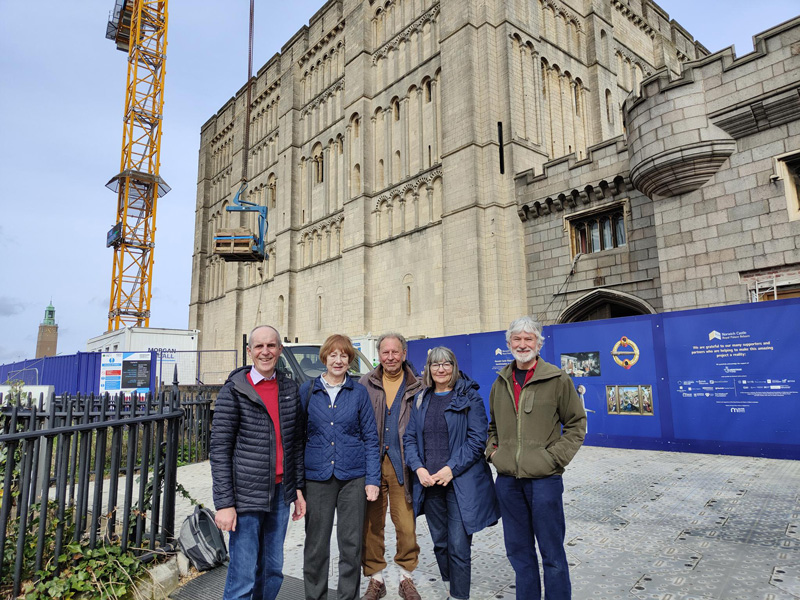
Hospitals lead the way for VTE assessments
A drive to protect hospital patients from potentially fatal blood clots is paying off in Norfolk.
More patients than ever before, who go into hospital in Norwich and King’s Lynn, are being risk-assessed for developing “Venous Thrombo Embolisms”, exceeding national targets.
The national target requires 90% of patients to be assessed for VTE. Internal latest figures show that the NNUH is assessing 96% of patients, and the QEH 91%. The Board of NHS Norfolk was recently told they are the best in the region. The East of England is also one of the best performing regions in the country for VTE assessments.
VTE stands for Venous Thrombo Embolism and is the medical term used to describe blood clots. It is thought that there are around 25,000 preventable deaths from VTE each year in hospitals in England.
Preventing VTE has been recognised as a clinical priority by the National Quality Board, NICE, and by the Secretary of State for Health, Rt Hon Andrew Lansley.
The aim is that all adults admitted to hospital are risk-assessed for VTE and documented on the risk assessment form and where appropriate receive the right prevention measures.
A staff communications campaign – VTE Assess Prevent – was launched across the NHS in eastern England in December 2010. The campaign asks all staff involved in the care of inpatients, to make sure all their patients are risk assessed for VTE, and that those patients receive the recommended preventative treatment.
The NNUH has been running its award-winning “click for clots” website campaign for staff for the past 18 months.
Dr Peter Woodhouse, consultant physician at NNUH, said: “This success is a direct result of the hard work and dedication of a whole multidisciplinary team, including doctors, nurses, pharmacists and the Trust’s IT web team.”
Meanwhile, posters around the QEH publicise VTE Assess Prevent. It asks all staff to make sure all their patients are risk assessed for VTE, and that those patients receive the recommended preventative treatment.
The QEH is another of the country’s leaders in anticoagulation (clot-busting) practice and in December its staff were recently invited to sit-in on a Parliamentary seminar on thrombosis, held at the House of
Commons.
Dr Jane Keidan, consultant haematologist at The Queen Elizabeth Hospital, said: “The results we have achieved in the assessment of patients’ risk of VTE demonstrate the commitment of all staff to the continuing improvement of care we provide to our local community.”
Both the NNUH and QEH are working to achieve the following NICE quality standard:
• All patients, on admission, receive an assessment of VTE and bleeding risk using the national
clinical risk assessment criteria.
• Patients/carers are offered verbal and written information on VTE prevention as part of the
admission and discharge processes.
• Patients assessed to be at risk of VTE are offered medication/treatment to help prevent this,in accordance with NICE guidance.
• Patients provided with anti-embolism (compression) stockings have them fitted and monitored in
accordance with NICE guidance.
• Patients are re-assessed within 24 hours of admission for risk of VTE and bleeding.
Maureen Carson, NHS Norfolk’s Chief Nurse , said: “We are delighted that the Norfolk and Norwich University Hospital and The Queen Elizabeth Hospital are surpassing the national target for VTE assessments.
“We commend both hospitals on their achievements to date, and we are sure that more patients will be assessed in the future. The care and safety of all patients is always our priority, and will continue to be so.








